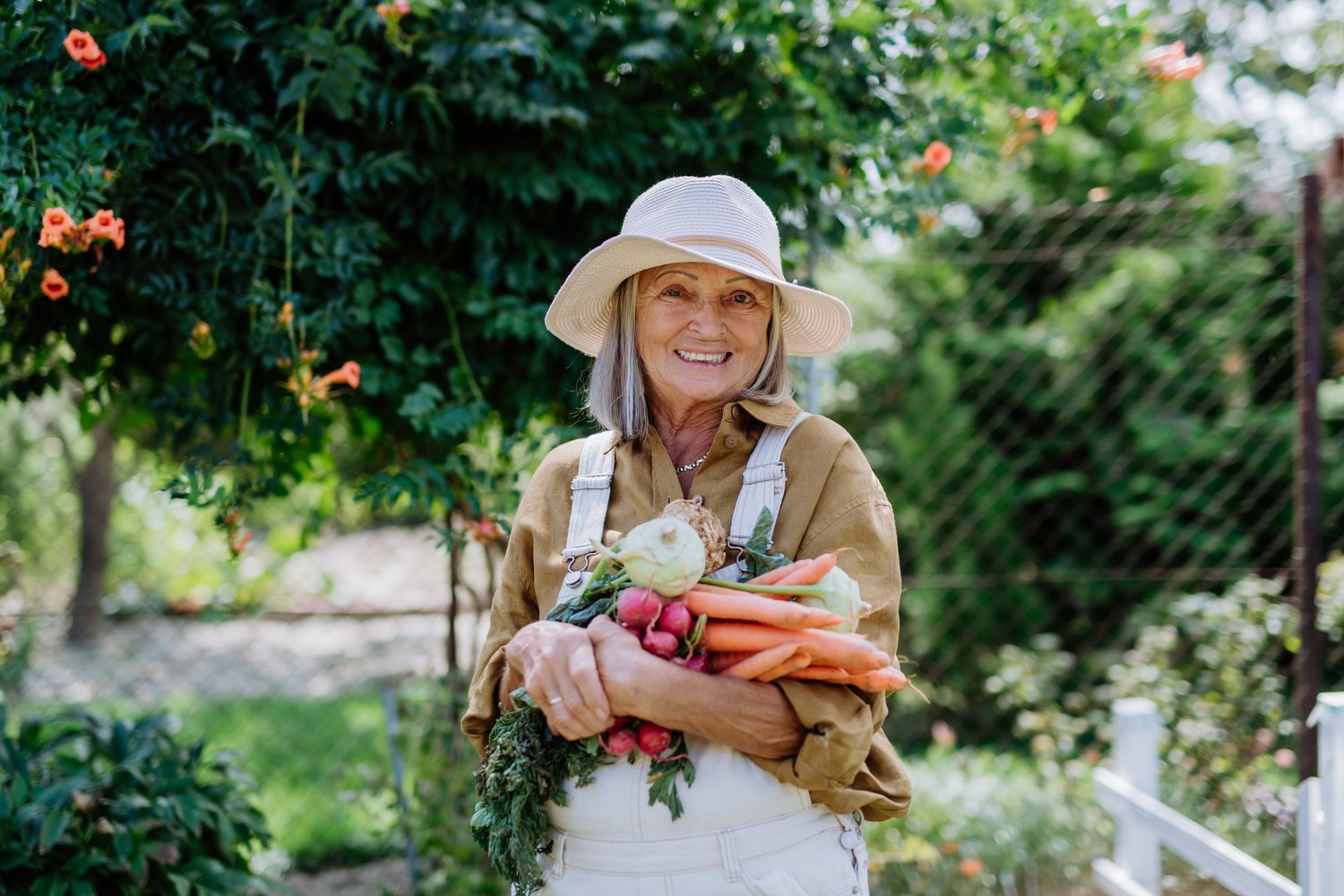Growing your own vegetables is a rewarding experience that connects you with nature while providing fresh, nutritious food for your table. Whether you’re a complete novice to vegetable gardening for beginners or looking to refine your existing garden, success depends on understanding the fundamentals. This comprehensive guide walks you through each crucial stage of vegetable gardening, from initial garden planning and site selection to soil preparation, plant choices, pest management, and ultimately, harvesting vegetables at their peak of flavor and nutrition.
Selecting the Perfect Garden Location
The foundation of successful vegetable gardening begins with choosing the right location. Most vegetables require at least six hours of direct sunlight daily to thrive, so observe your yard throughout the day to identify the sunniest spots. Southern exposure typically offers optimal sunlight conditions in the Northern Hemisphere. Consider proximity to a water source as well—lugging heavy watering cans across your yard quickly becomes tiresome. Avoid areas with strong winds that can damage plants and accelerate soil drying. The ideal vegetable garden location balances sunlight exposure, water accessibility, and protection from harsh elements while being conveniently located for your daily garden maintenance routine.
Garden Planning Essentials
Thoughtful garden planning saves considerable time and frustration later in the growing season. Begin by measuring your available space and sketching a layout on paper or using a digital garden planner. Consider the mature size of each plant and arrange them so taller varieties won’t shade shorter ones. Group plants with similar water and sunlight requirements together. Plan for succession planting by scheduling fast-growing crops like radishes and lettuce between slower-developing vegetables. Create paths between rows or beds that allow comfortable access for maintenance and harvesting. As experts at AskHomey often recommend, even small spaces can yield impressive harvests with proper planning and vertical growing techniques for space optimization.
Soil Preparation Techniques
The secret to abundant harvests lies beneath the surface in proper soil preparation. Most vegetables prefer well-draining, nutrient-rich soil with a slightly acidic to neutral pH (6.0-7.0). Start by removing weeds, rocks, and debris from your garden area. Test your soil using a home kit or through your local extension office to determine its pH and nutrient levels. Based on these results, amend your soil accordingly. Incorporate plenty of organic matter such as compost, aged manure, or leaf mold to improve soil structure, water retention, and fertility. Work these amendments into the top 8-12 inches of soil using a garden fork or tiller. For clay soils, add coarse sand and organic matter to improve drainage. For sandy soils, focus on adding organic materials that help retain moisture and nutrients.
Choosing the Right Vegetable Varieties
Selecting appropriate vegetable varieties for your specific growing conditions dramatically increases your chances of success. Consider your local climate, growing season length, and hardiness zone when choosing plants. Beginners should start with easier-to-grow vegetables like lettuce, radishes, beans, and zucchini. Read seed packets or plant labels carefully to understand spacing requirements, days to maturity, and optimal planting times. Choose disease-resistant varieties when available, especially if certain plant diseases are common in your area. Consider your family’s food preferences as well—there’s little point in growing vegetables nobody wants to eat. Many seed companies now offer compact varieties specifically developed for container gardening or small spaces, making vegetable gardening accessible even to those with limited yard space.
Managing Garden Pests and Diseases
Even the most carefully planned gardens face challenges from garden pests and diseases. Prevention is your best strategy, starting with healthy soil that produces resilient plants. Practice crop rotation by not planting the same family of vegetables in the same location for at least three years to break disease cycles. Inspect plants regularly for signs of problems, including discolored leaves, holes, or unusual growth patterns. Identify pests correctly before treating—many insects in the garden are actually beneficial predators. Consider implementing physical barriers like row covers or companion planting with pest-repelling flowers such as marigolds and nasturtiums. When intervention becomes necessary, start with the least toxic options, such as hand-picking larger pests or using insecticidal soaps, before considering stronger treatments.
Harvesting and Enjoying Your Bounty
The ultimate reward of vegetable gardening comes when harvesting vegetables at their peak of flavor and nutrition. Most vegetables should be harvested in the morning when their moisture content is highest. Learn the optimal harvesting time for each crop—some, like tomatoes and peppers, improve with ripening on the plant, while others, like cucumbers and zucchini, become bitter and tough if left too long. Regular harvesting encourages continued production in many plants. Handle your freshly harvested produce gently and use it promptly or preserve it through freezing, canning, or dehydrating. Keep a garden journal noting planting dates, varieties, successes, and challenges to refine your approach each season and build on your gardening knowledge.
For more tips and to connect with reliable home service professionals, follow AskHomey on Facebook and Instagram.



